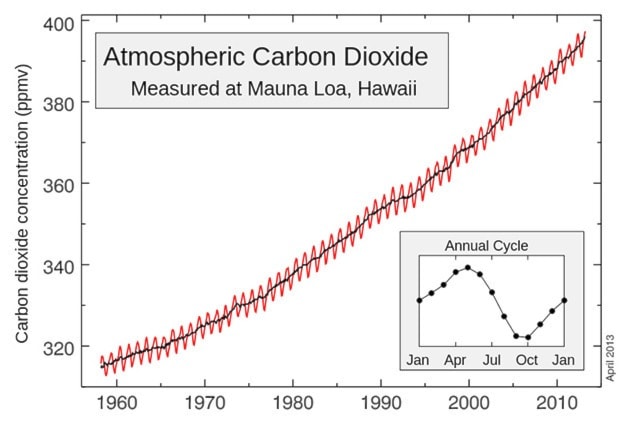Tuesday of last week Clearwater town council voted to use the money the District received as a carbon tax rebate to purchase carbon offsets to make the municipality's operations “carbon neutral”.
Council didn't really have much choice in the matter, as the District of Clearwater has signed the BC Climate Action Charter, but several councillors questioned the wisdom of taking money out of one pocket, putting it into another and then declaring the municipality carbon neutral when manifestly it is not.
To add insult to injury, it appears that the project to convert the former Dutch Lake School from propane to biomass (wood chips) heating would not qualify for carbon offsets. However, converting greenhouses in the Fraser Valley from natural gas to biomass does qualify.
In other words, our municipal tax dollars can be used to subsidize a biomass conversion when done by private enterprise, but can't be used to subsidize the job when we do it ourselves.
Global warming is a serious matter and deserves serious debate. It should not be used to justify a shell game that leaves a few people wealthy and does little or nothing to reduce the amount of carbon dioxide going into our atmosphere.
There are really only two things a person needs to know to understand the global warming debate.
All the rest, to borrow a phrase, is commentary.
The first is the graph displayed above, which shows the atmospheric carbon dioxide as measured at the Mauna Loa observatory in Hawaii.
It shows the amount of CO2 in our air going up at an increasing rate, from less than 320 parts per million by volume at the start of measurements in the late 1950s to around 400 ppm today.
Scientists believe the level was about 280 ppm about 300 years ago, before the Industrial Revolution.
The second thing to understand is that CO2 is a potent greenhouse gas – it is transparent to visible light but absorbs certain wavelengths of infrared.
Infrared is also called heat radiation. It is what you feel when you put your hand a few inches away from a hot stove.
Most of the energy from the Sun comes as visible light and so passes through the CO2 in our atmosphere without problem. When it reaches the Earth it warms the planet's surface. That heat energy is then re-radiated as infrared. Some of that infrared is then captured and absorbed by the CO2 in the air, warming the atmosphere and then the rest of the planet.
The process is similar in many ways to how a car left out in the sun with its windows closed heats up.
Although carbon offsets might have a small role to play, the best way to control CO2 is through a carbon tax.
Climate scientists James Hansen has proposed a global carbon tax with the proceeds to be distributed to everyone (he calls it fee-and-dividend).
It is time we firmly grasped the global warming problem and work towards real solutions, not shell games.
